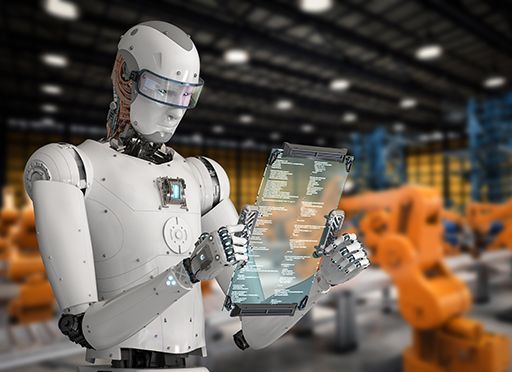The GPT-4 Turmoil: Impacts on the Corporate Need for Talent

Since the release of OpenAI’s GPT-3 large language model in November 2022 and the subsequent availability of GPT-4, much has been speculated as to what the rapid progress in generative AI means for the future of work. The capabilities of Generative AI are not limited to generating text. They also enable image generation, coding and drug discovery, to name just a few.
Four main factors underpin the capabilities of generative AI:
- Massive memory and pattern recognition, with the capability to connect distant concepts or ideas and draw inferences;
- No need for coding, resulting in a significant reduction in the value of coding skills;
- Making predictions based on massive amounts of training data, with significant consequences for corporate decision-making and related work processes;
- Reduce dependence on knowledge workers, as the conversion to machine knowledge limits their future role as content providers.
Consequences of Big-Tech’s Massive Layoffs
The turmoil caused by GPT-4 is not just disrupting the user community of knowledge workers. Having spent many years in an exclusive working environment provided by the Big-Tech companies, the harsh wake-up call for roughly 150,000 employees being fired disorients and upsets many, regardless of whether it affects them personally or their colleagues. “If you have identified yourself with your salary, which a lot of people do, and if you identify yourself with working for a glamorous company like Microsoft, Google or Meta, then your identity is taking a hit,” Laurie Swanson, a career coach and a recruiter at InspiHER Tech, said.
The root of it all lies in the notion of tech-exceptionalism and the opportunity to make much money quickly. To support this vision, Big Tech pampered its employees with perks such as free access to expensive gym equipment, Ping-Pong tables, Friday night parties, free food and attractive apartments at prestigious locations.
From a business-and-investors standpoint, this market correction is long overdue. But for the tech workers who enjoy this glamorous lifestyle, it blows their self-image.
They identify with the idea that technology provides the solution to many real-life problems. As a result, many employees of Big Tech have nurtured a mindset of belonging to an elite of highly intelligent individuals. In the past, the tech sector disrupted many ‘conventional’ industries, resulting in employees getting laid off. But now it is the turn of the tech sector itself to be disrupted. Engaged in a fierce battle to maintain market domination while being forced to cut the cost of software development, Big Tech is challenged to handle a situation they have never experienced before.

At the same time, corporations are struggling to adapt to a rapidly changing market. Many of them depend already on AI, yet with generative AI, they are forced to modify their business model to remain competitive at higher costs.
The Skills-Based Economy
The rapid advancement of technology is driving us towards a knowledge economy where skills become equivalent to currency. This vision is based on the idea that up-to-date skills have an intrinsic value that can also be applied to meet future requirements. A skills-based economy can benefit businesses and individuals by setting a foundation for building wealth. Hence, corporations should consider the following capabilities to be developed and maintained:
- A working model that defines the tools and disciplines required for the application of AI technology;
- A talent model that ensures an adequate pipeline of skills as the corporation progressively applies more AI to work processes;
- A plan to develop future skills, ensuring that the activities of employees are meaningful and sustainable while new value-adding activities are implemented to provide the seamless upskilling and reskilling of the corporate workforce;
- A mindset and corporate culture of promoting access to new technology to ensure the perpetual reinvention of the business model and its workforce.
Skills have always been part of human development and have evolved as new types of technologies were invented. The evolution of technology has brought about profound changes to the nature of work, introducing new opportunities and fundamentally altering how people earn a living.
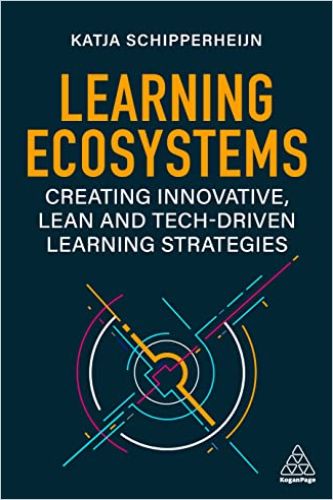
From simple physical tools like ploughs in agriculture to automated machines in factories and computing tools for programming and design, tools have undergone multiple transformations. The ongoing progress of technology has created the need for specialized skills as emerging industries and job options demand expertise in new domains.
As a result, the nature of work is constantly changing while individuals continuously need to acquire new skills to stay up to date following the demands of a rapidly changing market.
Advancing Digital Talent
According to a study published by McKinsey in April 2023, despite recent industry layoffs, the tech talent shortage shows few signs of abating. As the acceleration of digital transformation continues, it is virtually impossible to imagine a business reaching its full potential without a robust and resilient digital talent base.
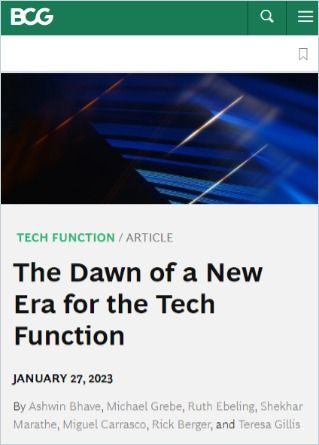
The Dawn of a New Era for the Tech Function
The Boston Consulting GroupAccording to the paper, career development and advancement potential rank higher than compensation and financial factors. The organizations that will succeed in attracting and retaining digital talent are those that develop a refined understanding of what this group of individuals really wants and find innovative ways to meet their expectations. Traditionally, employees advance along a linear career trajectory in which each promotion is accompanied by a new title and more people to manage.
Leading organizations are breaking this traditional link between career progression and management responsibilities, especially for their digital talents. They recognize that not all high-performing employees aspire to manage people or have the skills to excel at doing so.
In addition to maintaining traditional ‘people leadership’ career paths, these organizations have developed parallel expert paths. Corporations, such as the financial service company Capital One, have created the role of ‘distinguished engineers’ to allow digital talent to thrive unburdened from excessive managerial responsibilities.
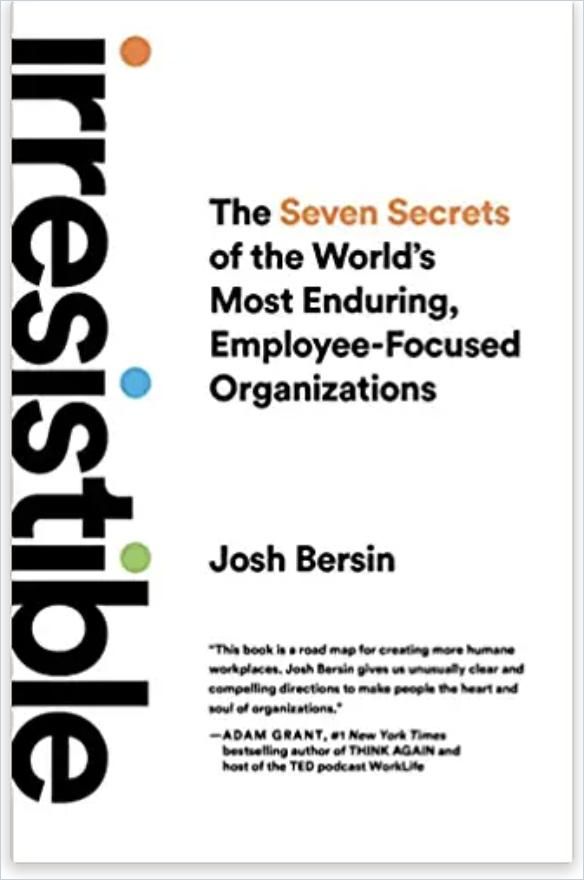
These engineers drive innovation by developing highly competitive software models. They may hold the title of vice president in recognition of their contribution, considered equivalent to C-suite leaders. Capital One describes this distinguished engineer career track as ‘subject-matter experts who dive deep on a topic, bringing business, product and tech goals together.’ They mentor talented engineers, teach technology teams new tools, share knowledge and improve engineering practices across the organization.
Educational Programs and On-the-Job Learning
To support the requirement for career development and job advancement, a large fast-food chain company developed a two-year rotational program to help newly hired digital talents expand their foundational tech skills and develop expertise in cybersecurity, cloud architecture, and vendor management.
Those who successfully complete the program are signed up to one of the company’s global technology teams. In addition to satisfying workers’ desire for continued growth and learning, this exercise also serves the business goal of identifying top-notch talent worthy of additional investment.
Another example of digital talent development comes from Google. The so-called Googler-to-Googler (g2g) network – a teaching network of more than 6,000 Google employees – has become the company’s primary resource for on-the-job learning. Through the g2g network, Googlers train their peers in areas ranging from Python coding to negotiation skills. This voluntary effort has also freed up financial resources for more specialized training programs.
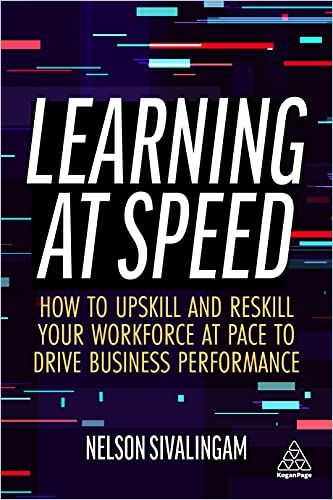
To ensure that career development programs are genuine opportunities rather than empty gestures, it is vital to give digital talent the time to take advantage of them. If developers are required to take a class in a new programming language or cloud certification, they need a chance to apply that knowledge to solving real-life problems.
The Democratization of Creativity
The changing nature of employment and skills-based earning creates a new paradigm with individuals being hired based on their specific skills. Unlike previous iterations of automation that primarily addressed repetitive rules-based work, generative AI will also affect low-volume, highly variable work, leading to what some have termed the ‘democratization of creativity.’
We are entering an era of intelligent tools, where the boundary between humans and intelligent machines becomes increasingly blurred.
Applying technology to solve specific problems requires a highly cooperative mindset between business management and AI experts. The application of generative AI sets a new benchmark for corporate and individual growth. The major challenge is to keep pace with its exponentially growing requirement to develop and augment human skills with AI technology. Following this path, one can conclude that GPT-4 signals the start of a new paradigm in the century-old history of the industrial revolution.
Learn more about recent AI and skills management developments in our related Journal articles:






